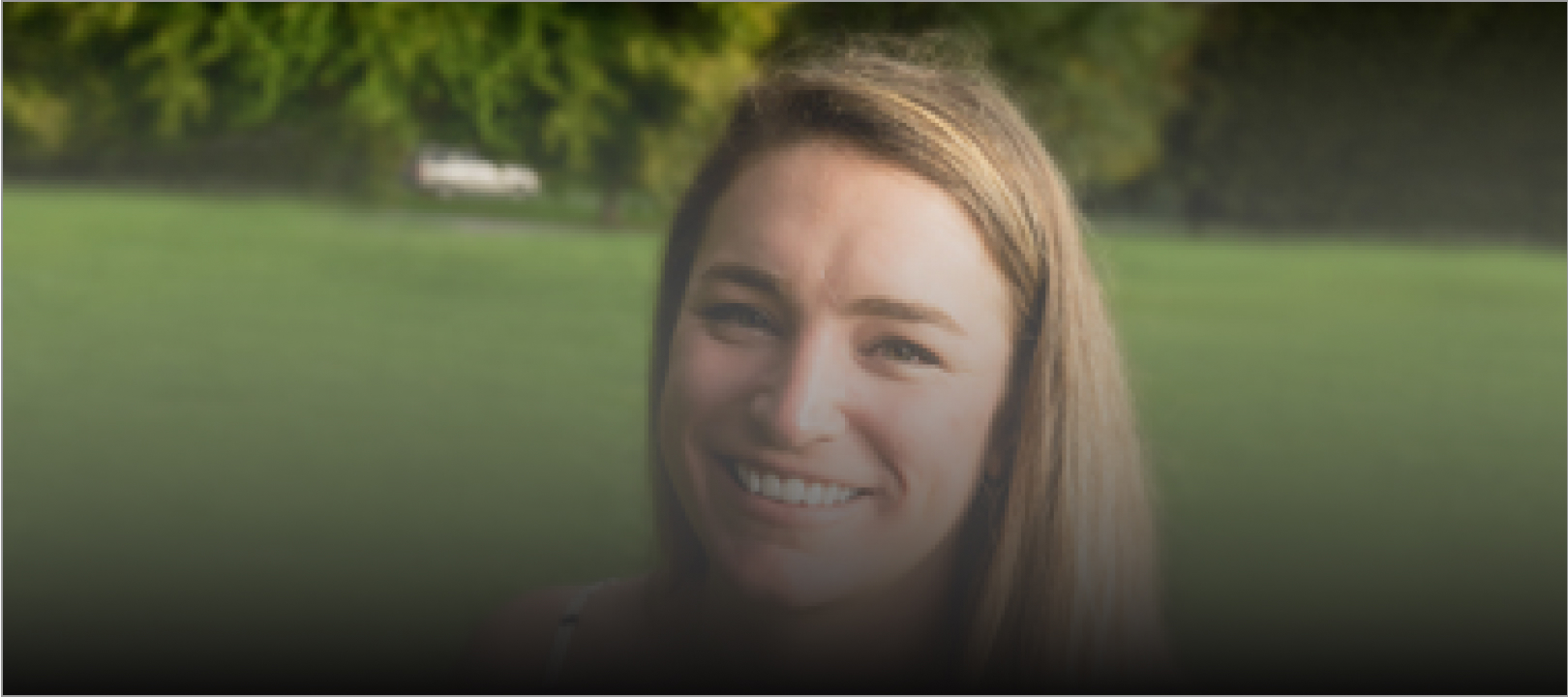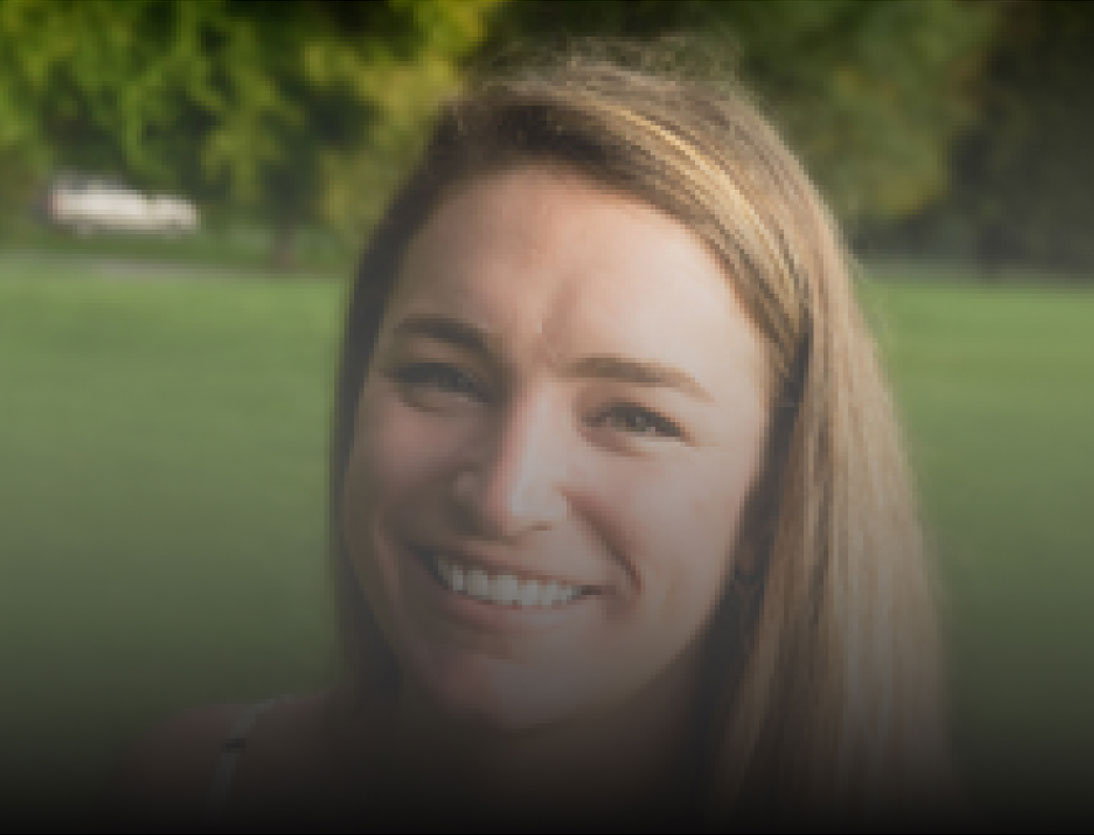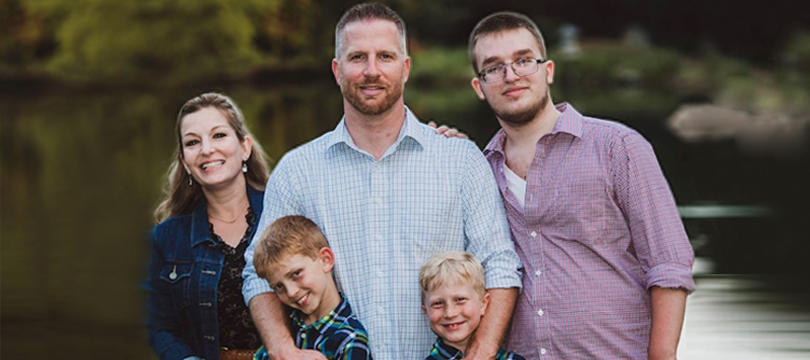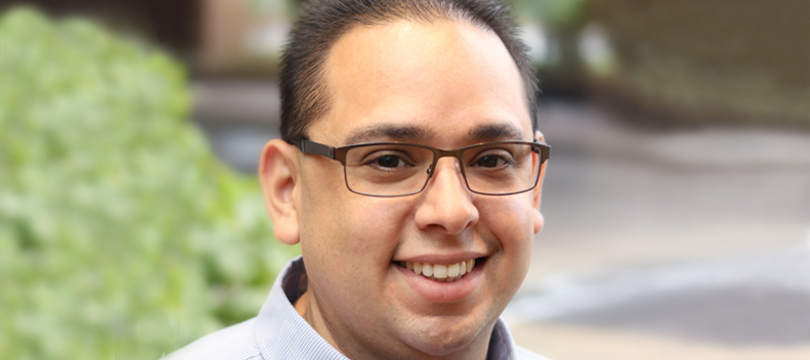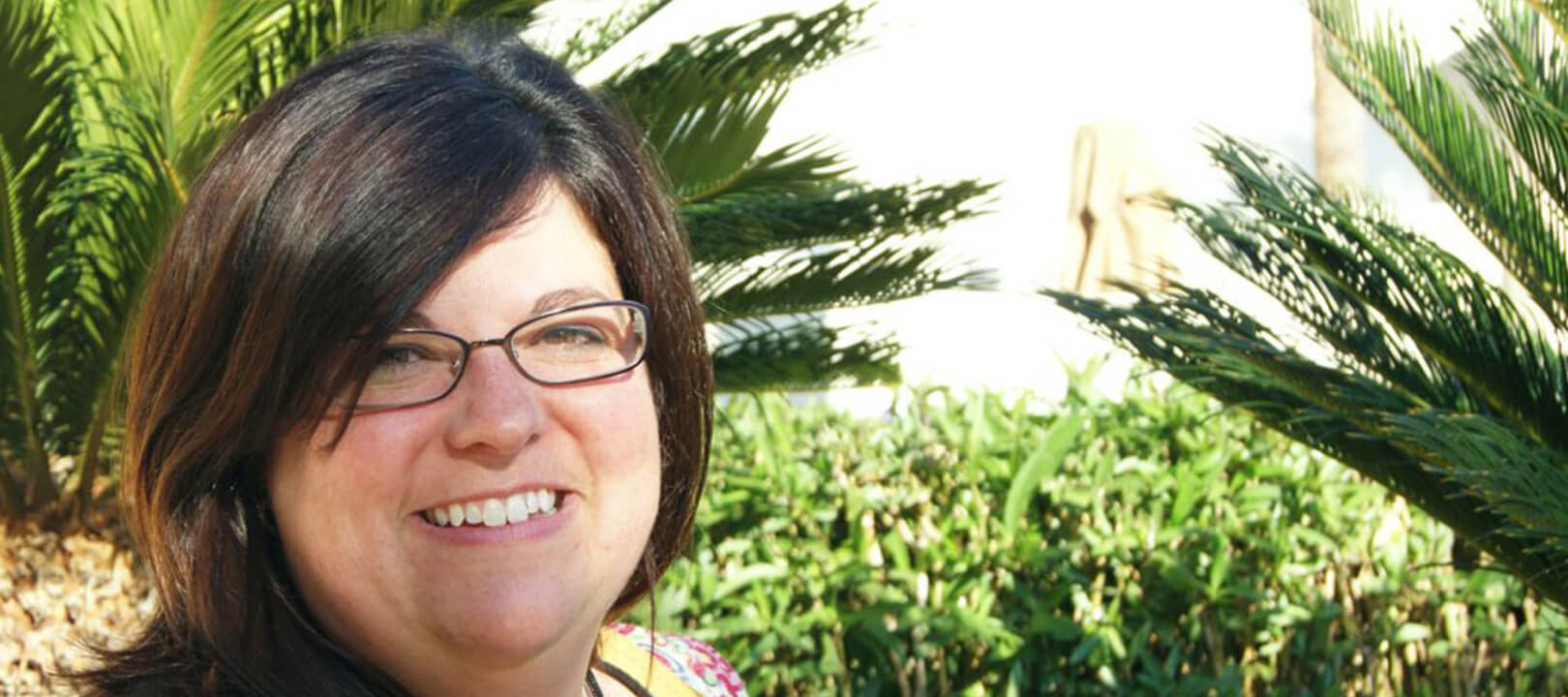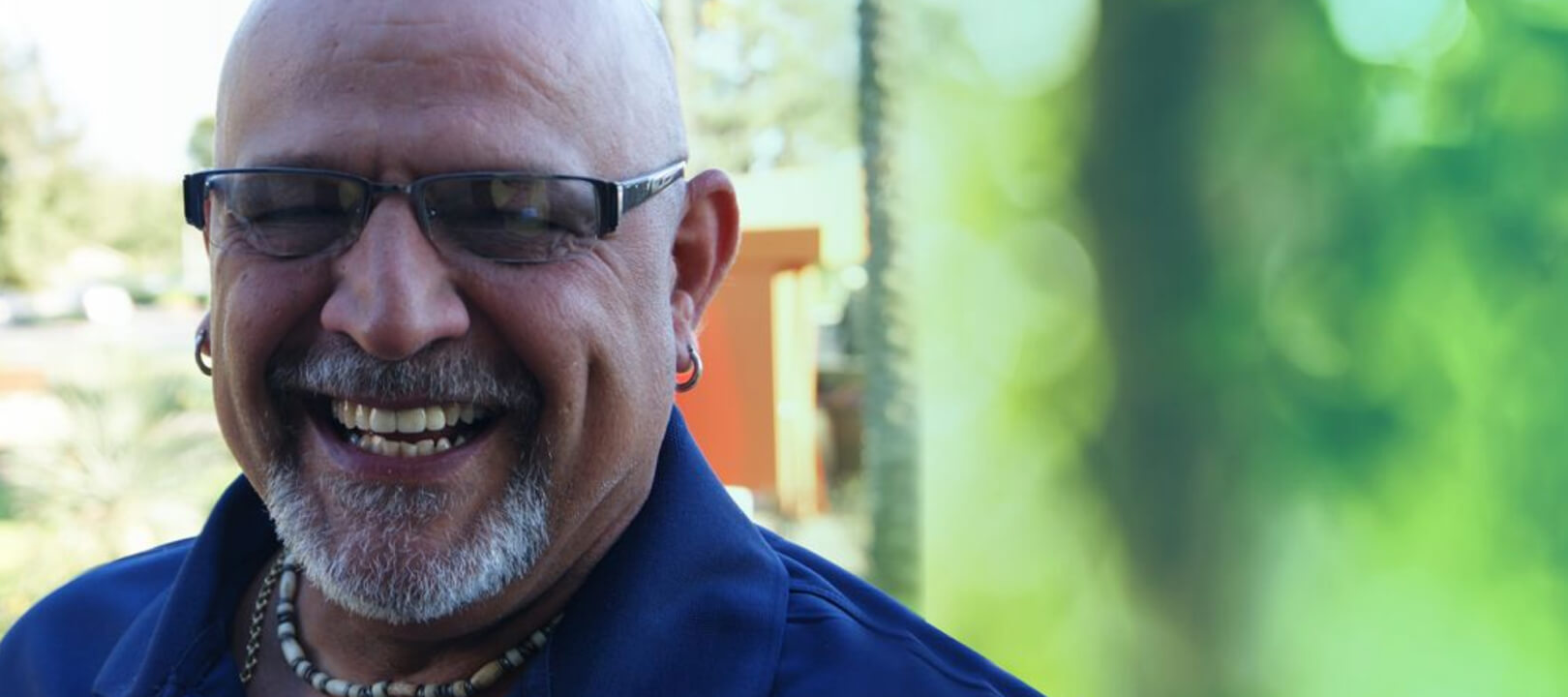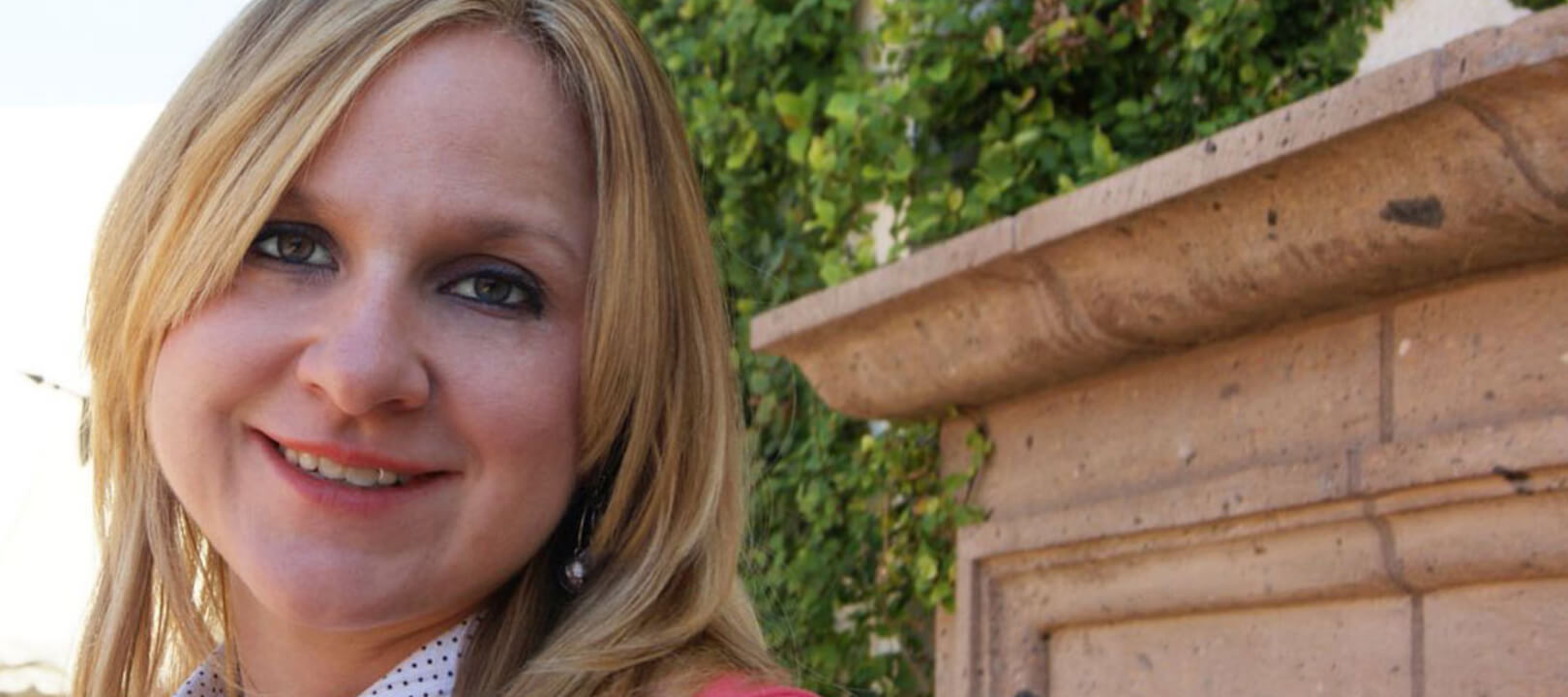Dana’s story
Dana has a strong connection to the hemophilia community. Dana (and her brother and sister) developed hemophilia B as a result of a spontaneous mutation and are the only members of their large extended family who have been diagnosed with a bleeding disorder. While her brother was diagnosed as an infant, Dana wasn’t diagnosed until she was 23 years old, which then prompted her to encourage her sister, then 33, to also get tested.
Women deal with a lot of issues with getting diagnosed.
And that’s something that really inspired me.
Dana’s hemophilia is classified as mild, but she recalls that she always had issues such as severe nosebleeds and heavy periods. While it’s increasingly being understood in the medical community that hemophilia also affects women, some women and girls may go undiagnosed because of mild symptoms and the persistent misconception that women aren’t susceptible. Her experiences as a woman with a bleeding disorder is an aspect of her patient journey that fuels her advocacy work. “We still talk about it today,” she says, “that women deal with a lot of issues with getting diagnosed. And that’s something that really inspired me.”
Dana was also inspired by her brother, Paul, to get involved in health care advocacy. There’s a 14-year age difference between Dana and her brother, and she remembers his being in pain during bleeding episodes. As part of an active family, Dana and her brother enjoyed bike rides and other activities together. “We kept moving on,” she says.
Dana describes the hemophilia community as “passionate.” She is active in the Hemophilia Association of the Capital Area (HACA), where she has served as a board member; secretary; HACA representative on the Hemophilia Federation of America’s Board of Directors; and most recently, president.
At first, Dana sought to create bonds with others living with hemophilia and develop friendships. She quickly discovered that her community was full of amazing people who were available to help each other cope with not only the ups and downs of hemophilia but also with the complications of ordinary day-to-day life. “You create a community around you,” Dana says, “and those become the people that you can lean on when you need them.” Dana is candid about working through an issue to which many women in the bleeding disorder community give careful thought: deciding to become a mother. For women with bleeding disorders, there are decisions to be made that those outside the community may not experience or understand. For Dana, this has brought up many challenging emotions. She turns to her local women’s bleeding disorders support group for strength, advice, and understanding about how to be prepared for what having a child might mean for her life. “Some of the stories they are able to tell you,” she says, “give you hope.”
It’s important to Dana to continue working toward making sure that people living with hemophilia have access to health care and to the medications that they need. With appropriate, ongoing access to treatment and the support of a care team, she says, “hemophilia doesn’t have to run someone’s life.”
You create a community around you, and those become
the people that you can lean on when you need them.
Dana feels as though she does think about hemophilia quite a bit during typical days, but she also works to create balance in her life. Her activism plays a major role in her life and continuing to be a strong voice advocating for health care access is important to her. Overall, she feels as though her diagnosis and her involvement in the hemophilia community and hearing others’ stories has helped her cultivate more empathy for people living with chronic conditions. “It helps me be a better person,” she says. “I feel like it has made me stronger.”
